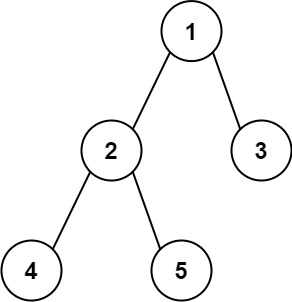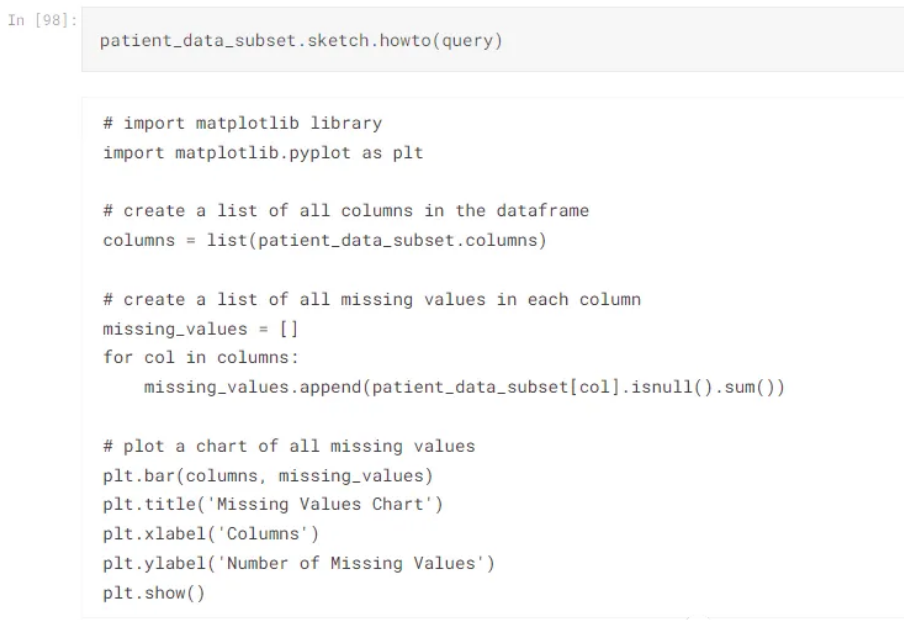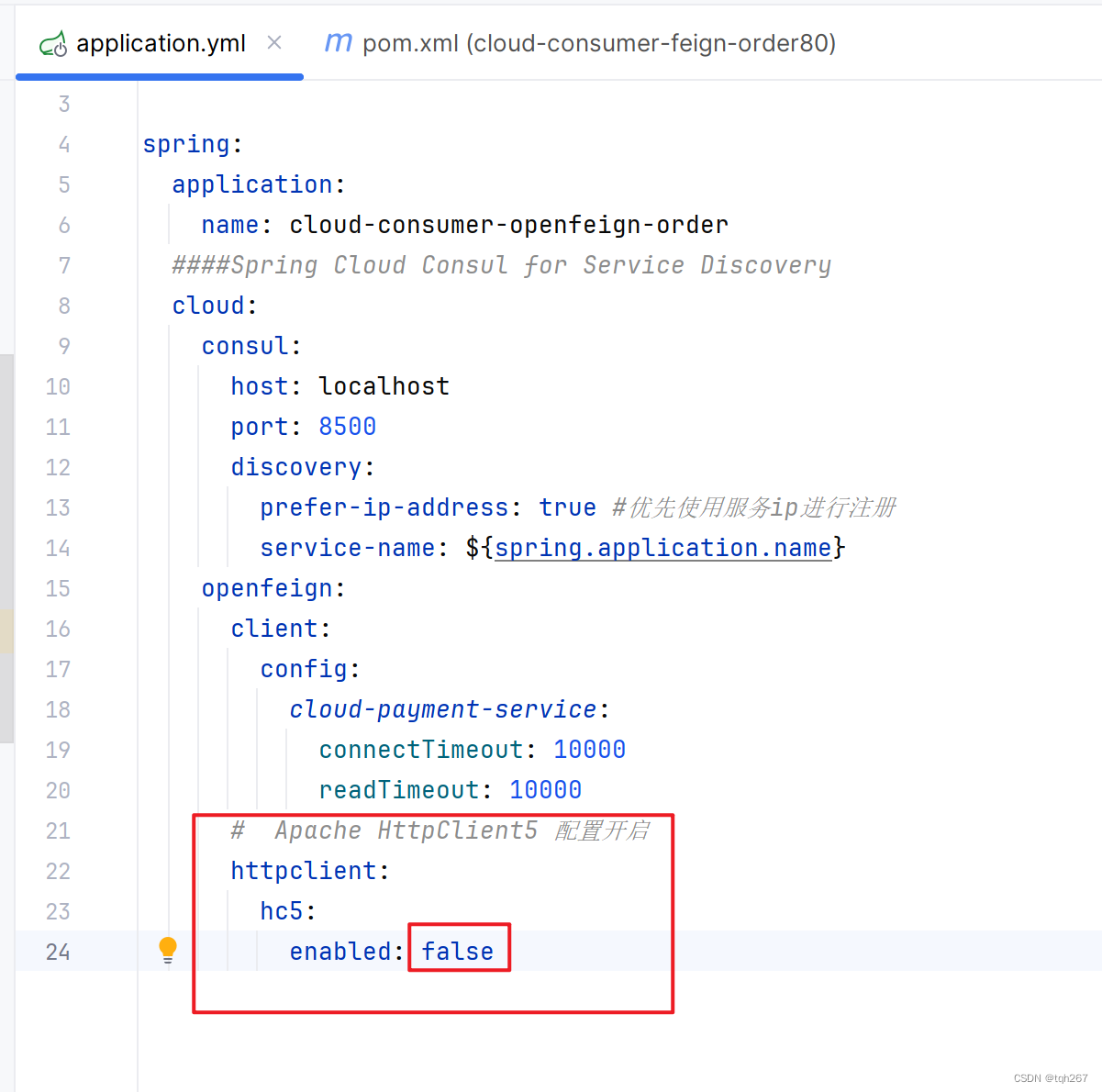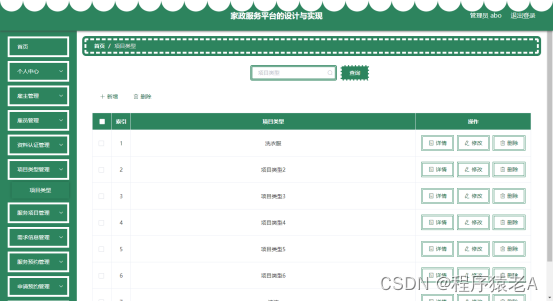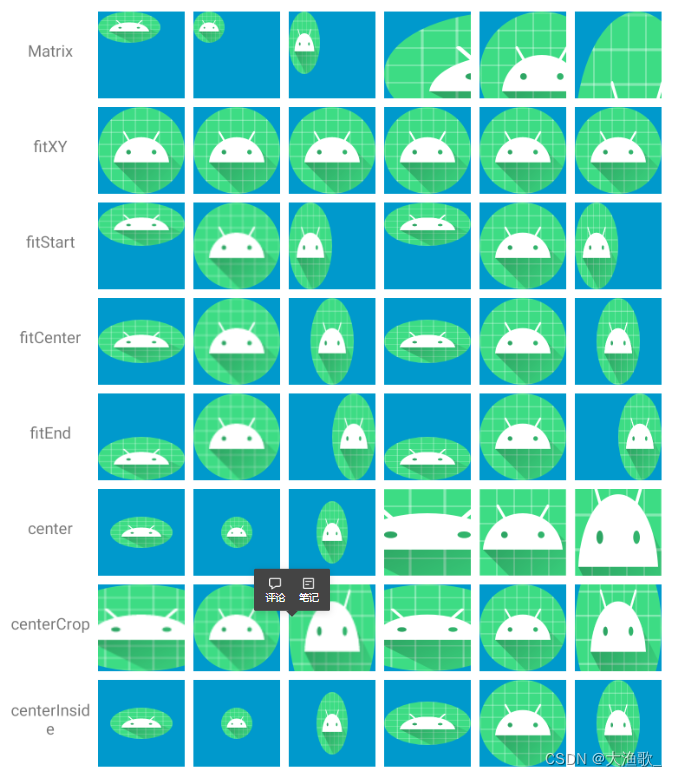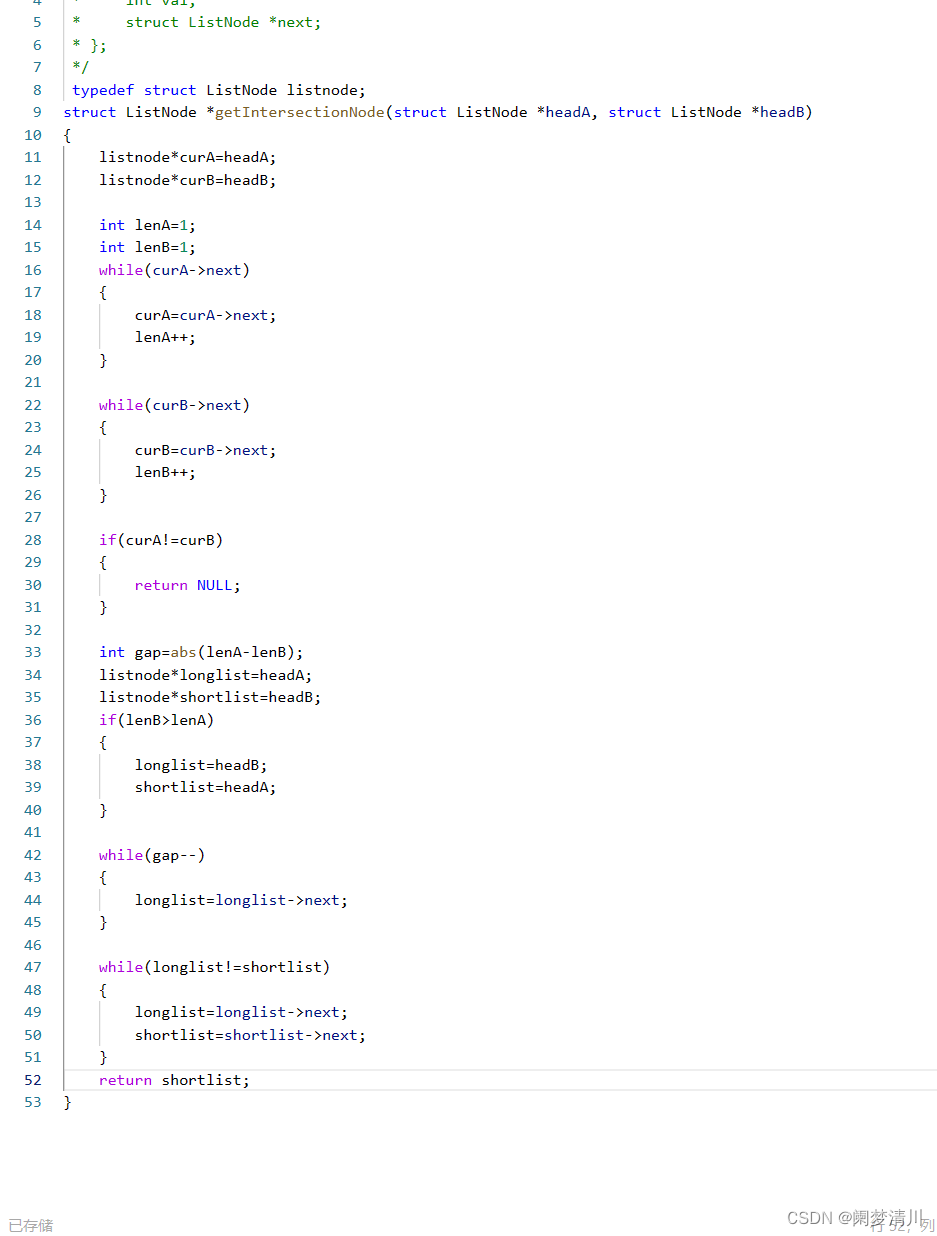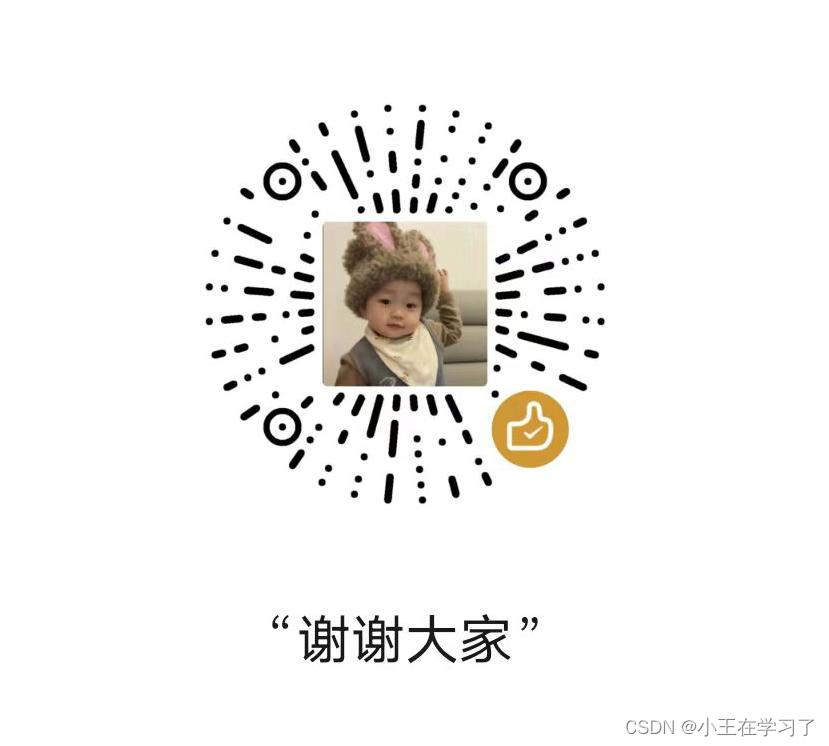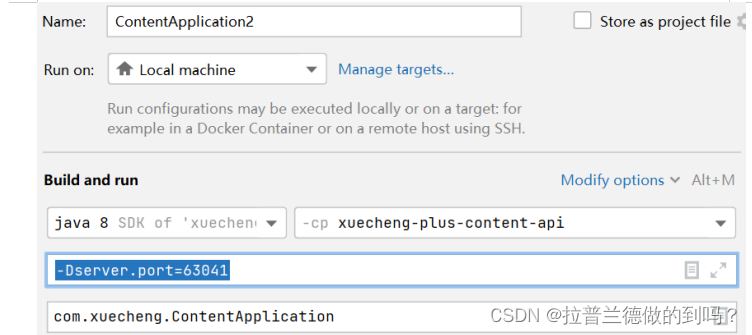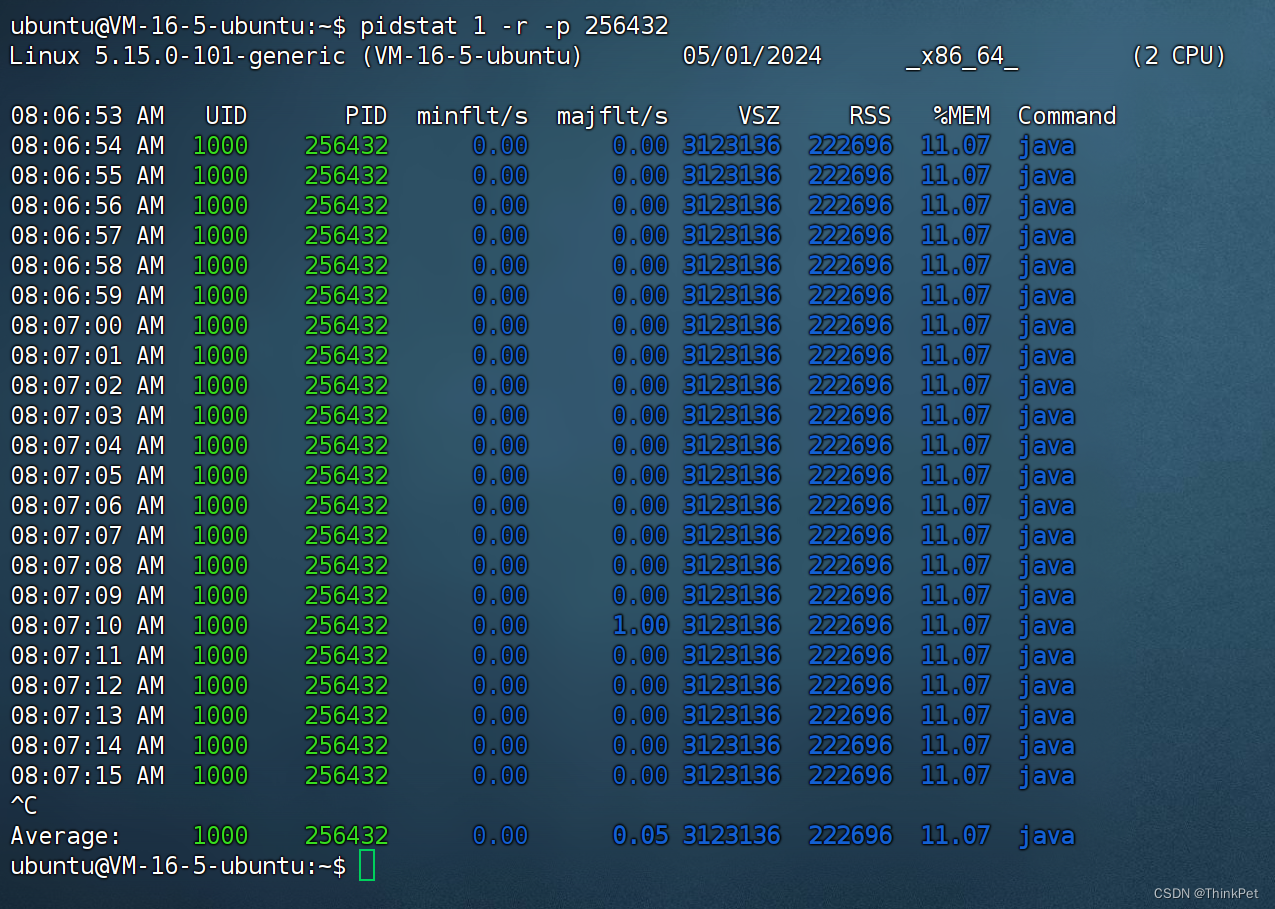this在对象方法中

在 JavaScript 中,this 的值取决于函数被调用的方式。在对象方法中,this 引用的是调用该方法的对象。
让我们看一个简单的例子:
const person = {
firstName: 'John',
lastName: 'Doe',
fullName: function() {
return this.firstName + ' ' + this.lastName;
}
};
console.log(person.fullName()); // 输出 "John Doe"
在这个例子中,fullName 方法内部的 this 引用的是 person 对象,因为 fullName 方法是通过 person 对象来调用的。
但是,this 并不总是指向期望的对象。在 JavaScript 中,函数的执行上下文是动态确定的。这意味着 this 的值取决于函数被调用的方式,而不是它是在哪里被定义的。
例如:
const anotherPerson = {
firstName: 'Jane',
lastName: 'Smith',
fullName: person.fullName
};
console.log(anotherPerson.fullName()); // 输出 "Jane Smith"
在这个例子中,虽然 fullName 方法最初是作为 person 对象的一个属性被定义的,但是当它被 anotherPerson 对象调用时,this 引用的是 anotherPerson 对象,因为它是由 anotherPerson 对象来调用的。
this单独使用

在 JavaScript 中,this 的值取决于函数被调用的方式。当 this 单独使用时,它的值通常是全局对象(在浏览器中是 window 对象)或者在严格模式下是 undefined。
让我们看几个例子来理解:
- 在全局作用域中使用
this:
console.log(this === window); // 在浏览器中输出 true
在这个例子中,this 在全局作用域中被调用,因此它引用的是全局对象 window。
- 在函数内部使用
this:
function myFunction() {
console.log(this === window);
}
myFunction(); // 在浏览器中输出 true
在这个例子中,this 在函数 myFunction 中被调用,由于没有明确指定调用对象,因此 this 引用的是全局对象 window。
- 在严格模式下使用
this:
'use strict';
function myStrictFunction() {
console.log(this);
}
myStrictFunction(); // 输出 undefined
在严格模式下,如果函数内部的 this 没有明确指定,它的值将是 undefined。
this在函数中
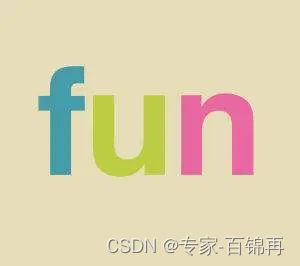
在 JavaScript 中,this 在函数中的值是根据函数被调用的方式动态确定的。this 的值可能取决于以下几种情况:
- 全局环境下:
在全局环境下调用函数时,this 指向全局对象(浏览器中为 window 对象)。
console.log(this === window); // 在浏览器中会输出 true
- 作为对象方法调用:
当函数作为对象的方法被调用时,this 指向调用该方法的对象。
const obj = {
name: 'Alice',
sayName: function() {
console.log(this.name);
}
}
obj.sayName(); // 输出 'Alice'
- 使用构造函数:
当函数作为构造函数被调用时,this 指向新创建的实例对象。
function Person(name) {
this.name = name;
this.sayName = function() {
console.log(this.name);
}
}
const person1 = new Person('Bob');
person1.sayName(); // 输出 'Bob'
- 使用 call、apply 或 bind 显式指定
this值:
可以使用 call、apply 或 bind 方法显式指定函数中 this 的值。
function sayGreeting(greeting) {
console.log(`${greeting}, ${this.name}!`);
}
const person = { name: 'Emma' };
sayGreeting.call(person, 'Hello'); // 输出 'Hello, Emma!'
sayGreeting.apply(person, ['Hi']); // 输出 'Hi, Emma!'
const sayHi = sayGreeting.bind(person, 'Hi');
sayHi(); // 输出 'Hi, Emma!'
this在事件句柄中
在事件处理函数中,this 的取值取决于事件触发的上下文。一般情况下,以下是常见场景:
- DOM 元素中的事件处理函数:
在DOM元素中绑定的事件处理函数中,this 将会指向触发事件的DOM元素。
<button id="myButton">Click me</button>
<script>
document.getElementById('myButton').addEventListener('click', function() {
console.log(this.id); // 输出 'myButton'
});
</script>
- 使用事件监听器绑定的事件处理函数:
在使用 addEventListener 方法绑定事件处理函数时,this 将会指向触发事件的元素。
<button id="myButton">Click me</button>
<script>
function handleClick() {
console.log(this.id); // 输出 'myButton'
}
document.getElementById('myButton').addEventListener('click', handleClick);
</script>
- 箭头函数的情况:
使用箭头函数作为事件处理函数时,箭头函数没有自己的 this 值,它会捕获其定义时的外部作用域的 this 值。
<button id="myButton">Click me</button>
<script>
document.getElementById('myButton').addEventListener('click', () => {
console.log(this); // 这里的 this 是全局对象,而不是按钮元素
});
</script>
关注我,不迷路,共学习,同进步
关注我,不迷路,共学习,同进步
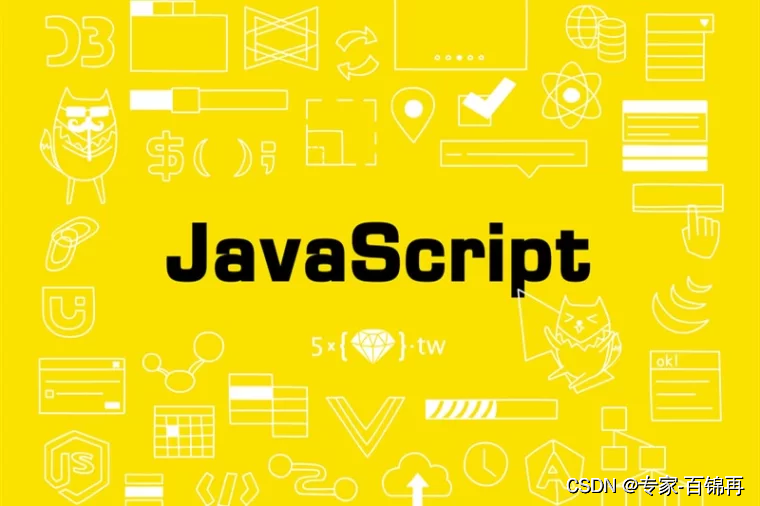
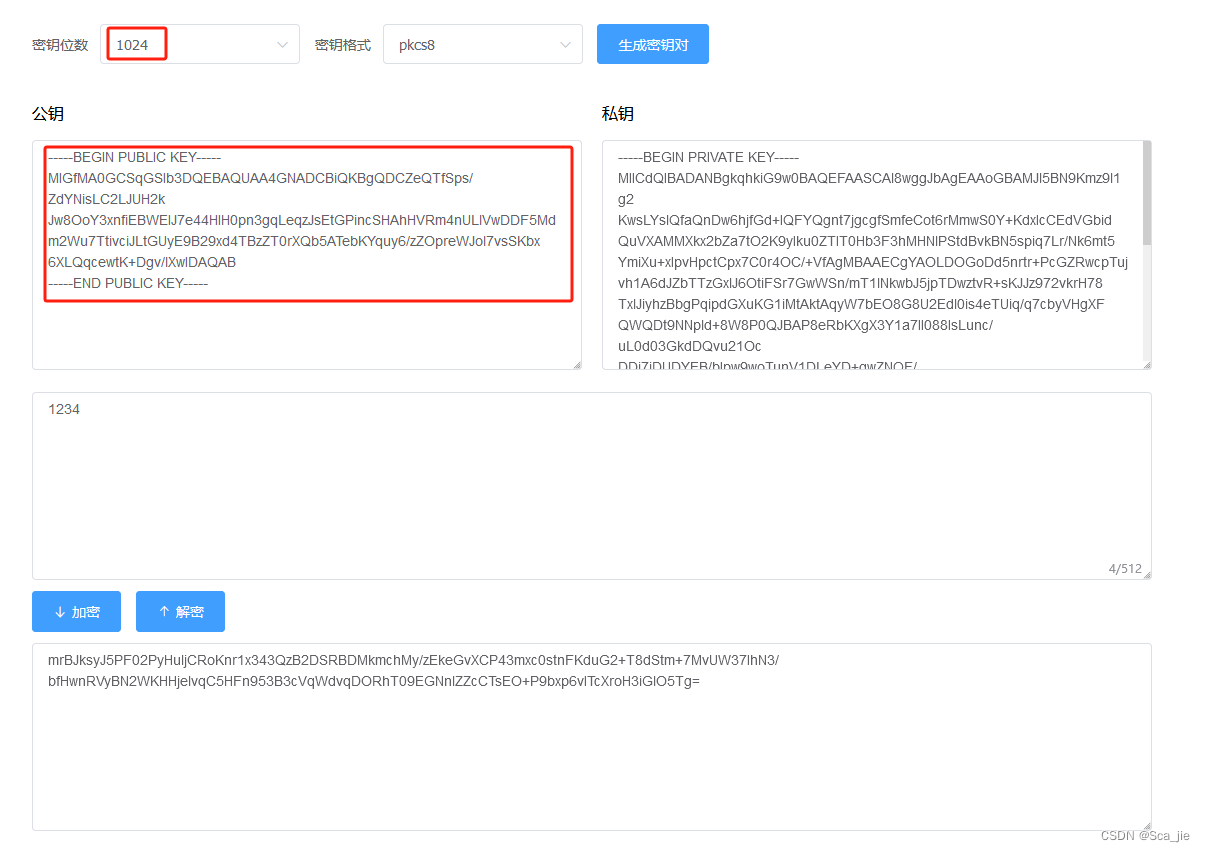


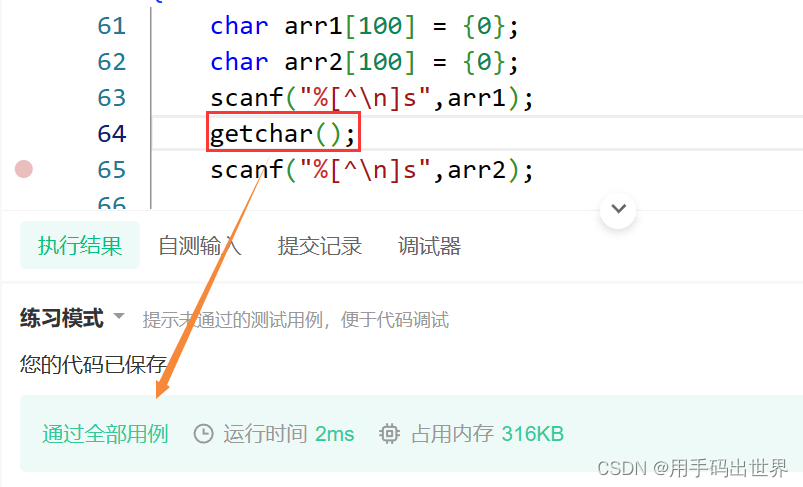
![[高质量]2024五一数学建模A题保奖思路+代码(后续会更新)](https://img-blog.csdnimg.cn/direct/6892c1bec9f64b97916a9872e4a43743.png)
![[C语言]典型例题:小蚂蚁爬橡皮筋、买汽水问题、导致单词块、菱形打印……](https://img-blog.csdnimg.cn/direct/559c20ed0664420cbe8d06083f39d0a0.png)
